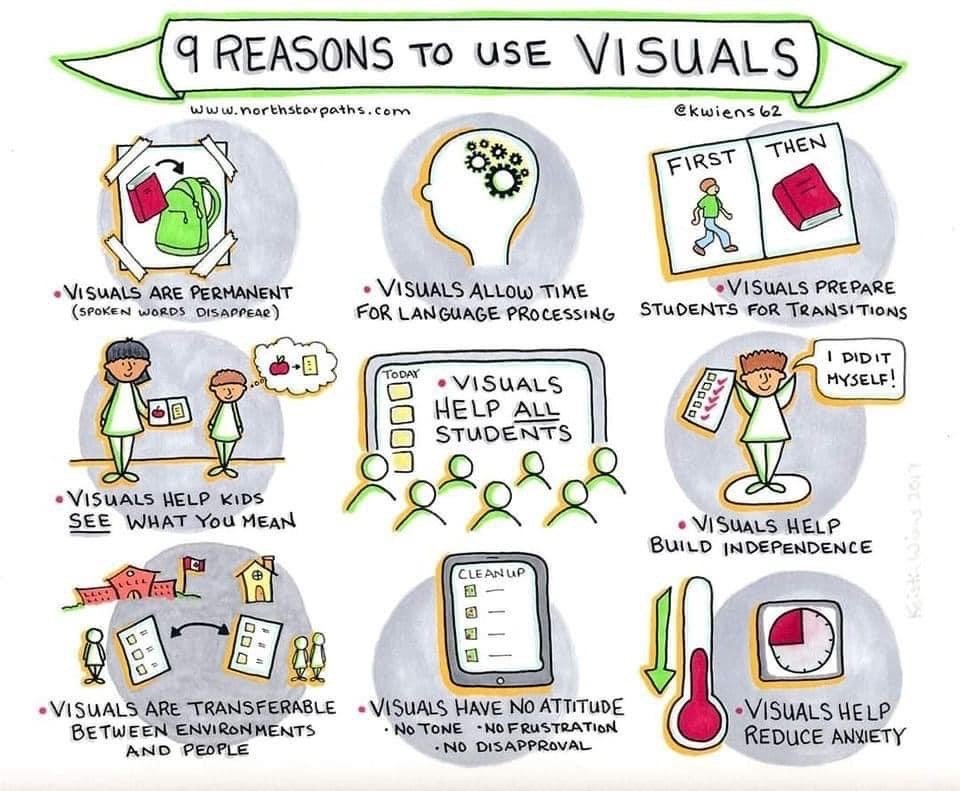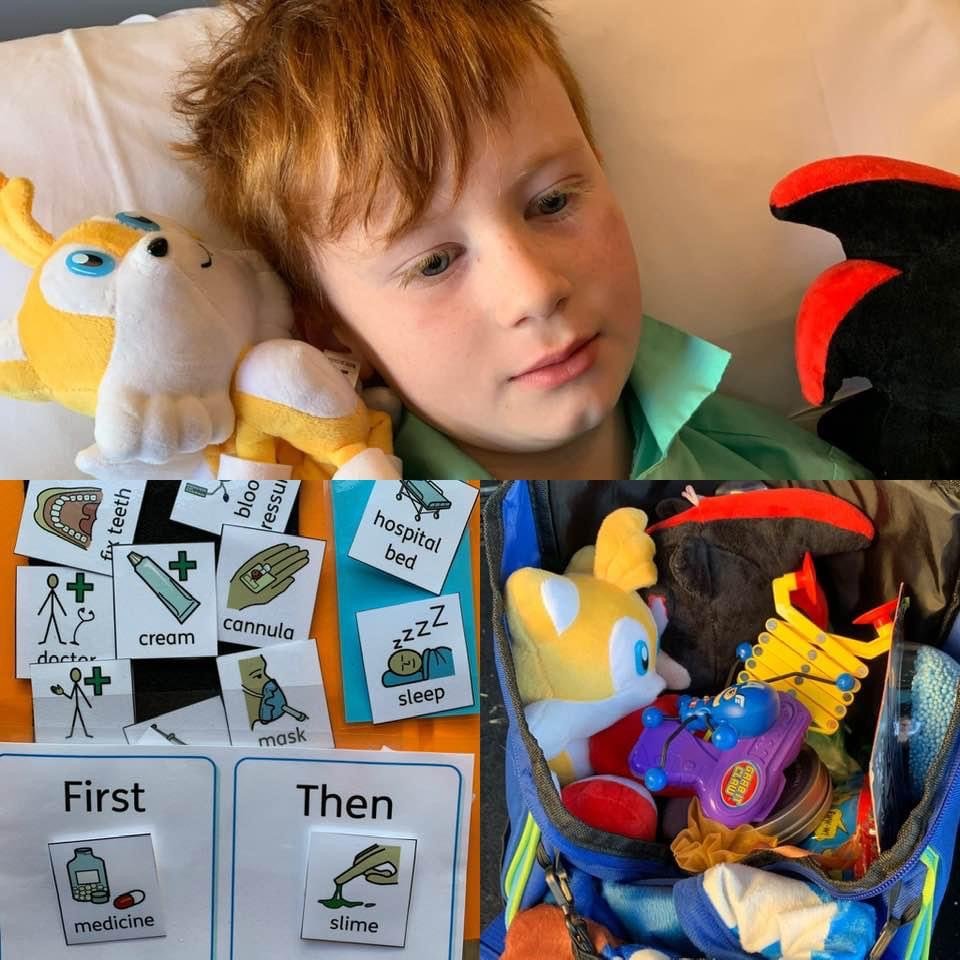Helping our Autistic Kids In Stormy Weather
Helping Autistic Children Cope with Storms
Storms, with their thunder and lightning, can be overwhelming and even frightening for children. For autistic children, who are often hyper-alert to their environment, the fear of storms can be heightened. Sensory processing differences may amplify their anxiety, making the loud booms of thunder and sudden flashes of lightning feel unbearable. However, with the right strategies, you can help your child manage their fear and build a sense of calm and safety during stormy weather.
Here are some practical ways to support your child:
1. Validate Emotions
Acknowledge their feelings: Always validate your child’s emotions and let them know it’s okay to feel scared or uneasy.
Stay calm: Avoid over-focusing on the storm. By carrying on calmly, you model a sense of control and safety.
Practice calming strategies: Prepare in advance by practicing regulating activities, such as deep breathing, that can be used when a storm arises.
2. Take the Scare Factor Away with Science
Be honest: Avoid fantastical explanations about storms, as they can add to the fear. Instead, use science to explain what’s happening.
Learn together: Watch YouTube videos, read books, or research how thunder and lightning form. Understanding can make storms less intimidating.
Break it down: Teach them about the different types of thunder sounds—peals, claps, rolls, and rumbles—and even use a decibel-measuring app to explore the sound intensity.
Measure distance: Teach them to count the seconds between a lightning flash and thunder to estimate how far the storm is.
Explore static electricity: Use simple experiments to demonstrate how lightning forms.
Learn about clouds: Teach them about cumulonimbus clouds, which are the type responsible for thunderstorms.
Simplify for younger children: For those with limited language skills, teach simple labels like ‘cloud,’ ‘thunder,’ and ‘lightning.’ Sometimes, being able to name something reduces its fear factor.
3. Use Sensory Strategies
Minimise noise: Provide noise-cancelling headphones or play calming music, or even a louder movie, to mask the sound of thunder.
Engage their senses: Distract your child with sensory activities, such as fidget toys or visually engaging screens.
4. Build Predictability
Role-play storms: Recreate a storm at home using pots and pans for thunder and flashing lights for lightning. This can help desensitise your child.
Track storms together: Get a rain gauge to measure rainfall or count thunderclaps to compare between storms. This can turn storms into a learning opportunity.
Prepare for power outages: Create a plan, such as finding torches, and explain it to your child. Use visuals to make the plan easy to understand and reassure them that everything is under control.
5. Find the Joy and Comfort
Make it an adventure: Use stormy weather as an opportunity for fun. For example, if the power goes out, enjoy eating all the ice cream in the freezer or building a cubby.
Stay positive: Share your own sense of wonder about storms to help your child reframe their perspective.
Celebrate after the storm: Once the weather clears, put on gumboots and enjoy puddle jumping together.
By validating your child’s emotions, incorporating science, using sensory tools, building predictability, and finding ways to make storms a positive experience, you can help them feel safe and supported. Over time, your child may even begin to see storms as less of a threat and more of a fascinating natural event.
Visual Supports - Make the Invisible Visible
Make the invisible visible with visual supports.
As both a Behaviour Analyst specialising in Autism and a mother to two amazing children on the spectrum, I've come to see the indispensable role of visual supports in our daily lives. These tools serve as vital aids in communication, learning, and behaviour management, bridging the gap between the unique cognitive processes of individuals with autism and the demands of their environment. At MICAH, we recognise the profound significance of visual supports in fostering independence, reducing anxiety, and enhancing the overall quality of life for individuals with autism.
Unlike verbal language and prompts, which can be transient and prone to misinterpretation, visual supports offer consistency, adaptability, and portability across various settings and scenarios. They provide structure, enhance predictability, improve comprehension, and mitigate frustrations and anxiety. Moreover, their universal applicability makes them an invaluable tool in facilitating communication and fostering independence among individuals with autism.
Credit to - https://northstarpaths.com/ @kwiens62
Various visual supports are integral to our everyday lives, aiding us in managing tasks and learning new skills. I heavily rely on diaries, an online calendar system, and many to-do lists to keep myself organised. Consider the frequency with which we turn to platforms like YouTube or WikiHow for visual tutorials when tackling unfamiliar tasks. Just as these tools are indispensable in our routines, visual supports adapt alongside individuals on the autism spectrum, gradually aligning with their growing autonomy.
Some of the visual supports that I currently have with my children and within our therapy:
Schedule for the day - this reduces anxiety about the day and provides structure and predictability.
First/Next/Then charts - we use these to break down tasks into manageable steps or to motivate a child to do a less-like task before an activity they like.
Routine strips - school routines such as entering the classroom, washing hands, lunchtime, end of day, going to the library, and lining up are broken down step by step. Home routines include brushing teeth, unpacking bags, and washing. These strips are used to teach the routine, remind children of the expectations, and prompt the children who are finding it challenging to follow through.
Individual Communication Cards - Retractable Key Ring with Key Visuals - each member has a retractable key ring with the visual prompts needed for routines, basic communication power words, behavioural prompts such as mat behaviours, washing hands, lining up and social communication phrases.
Aided language Displays, Vocabulary and Language Boards - these vocabulary/language boards with keywords support children's communication.
Tricky-o-metre - to support children experiencing frustration when faced with challenges.
Social and Behaviour Skills Posters - these are used to teach, prompt and reinforce social skills we teach.
To explain concepts or rules - if I can visually show a concept, I will!
A trip to the hospital for my ninja's dental surgery was understandably anxiety-inducing for both of us. How could I effectively communicate what would happen to him while providing a sense of structure and safety? Visual supports came to the rescue! I implemented a "first and then" strategy to remain flexible in response to the changing situation. Additionally, we watched YouTube videos depicting operating rooms and the process of receiving a cannula to help familiarise him with the experience. But perhaps most importantly, the ultimate "first then" incentive was established: "First – Hospital, Then – Tooth Fairy Money." To my delight, upon waking from anaesthesia, his first words were, "Where's my money?" as he eagerly reached under his pillow.
As both a Behaviour Analyst and a mother, I've witnessed firsthand how these tools empower individuals on the autism spectrum, fostering independence, reducing anxiety, and enhancing overall quality of life. At MICAH, we're committed to recognising and harnessing the profound significance of visual supports, which is why we're thrilled to announce the upcoming launch of our MICAH Visual Support Shop. Through this platform, we aim to provide families, educators, and therapists access to a comprehensive array of visual support resources tailored to the diverse needs of individuals with autism.





